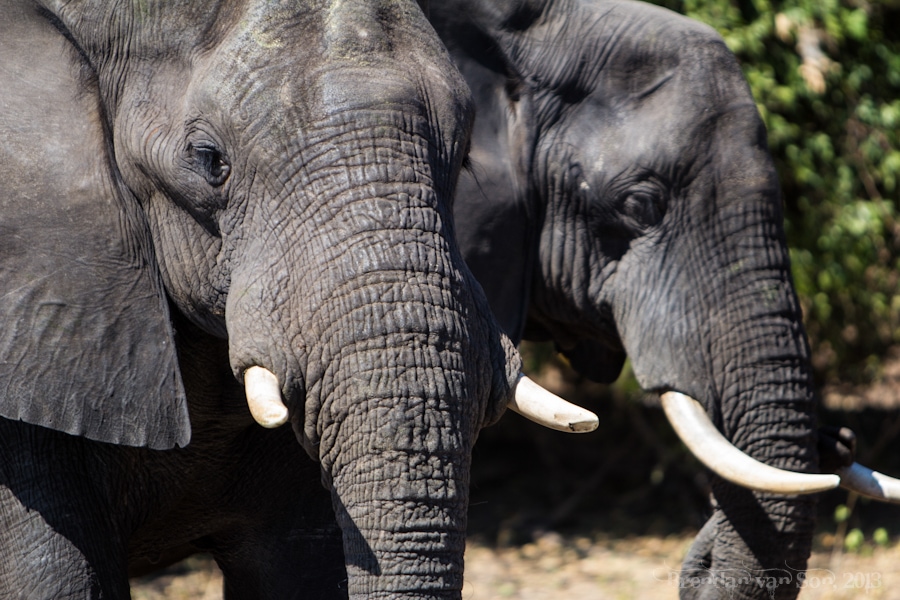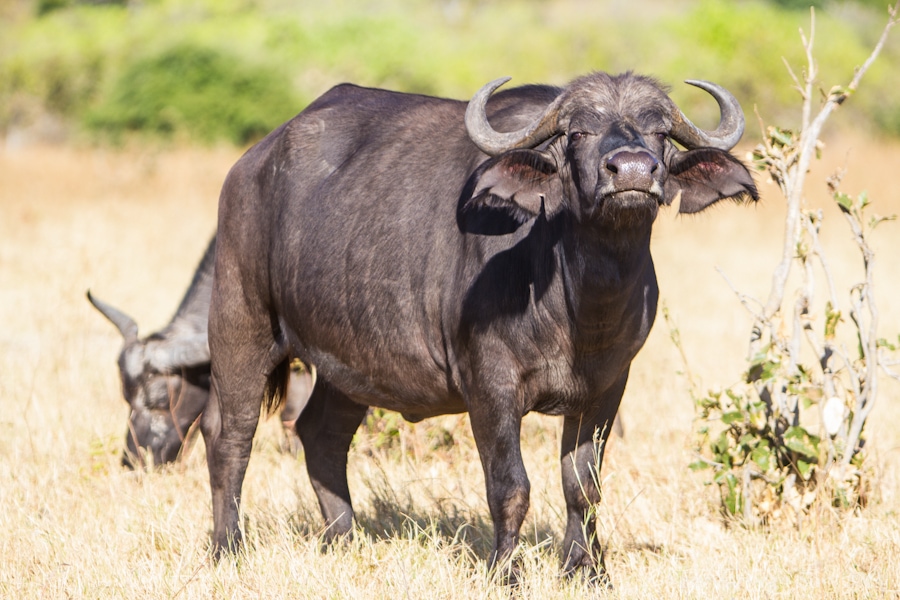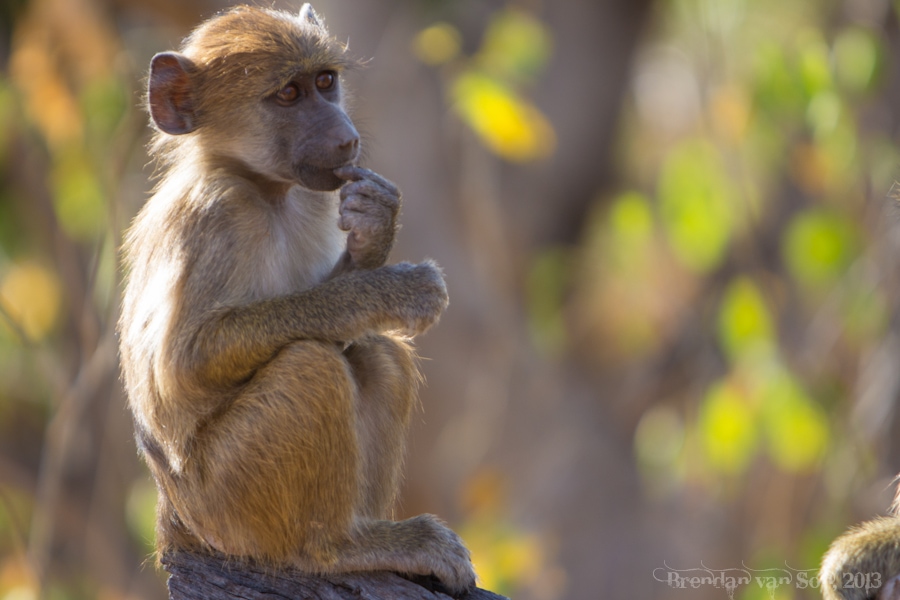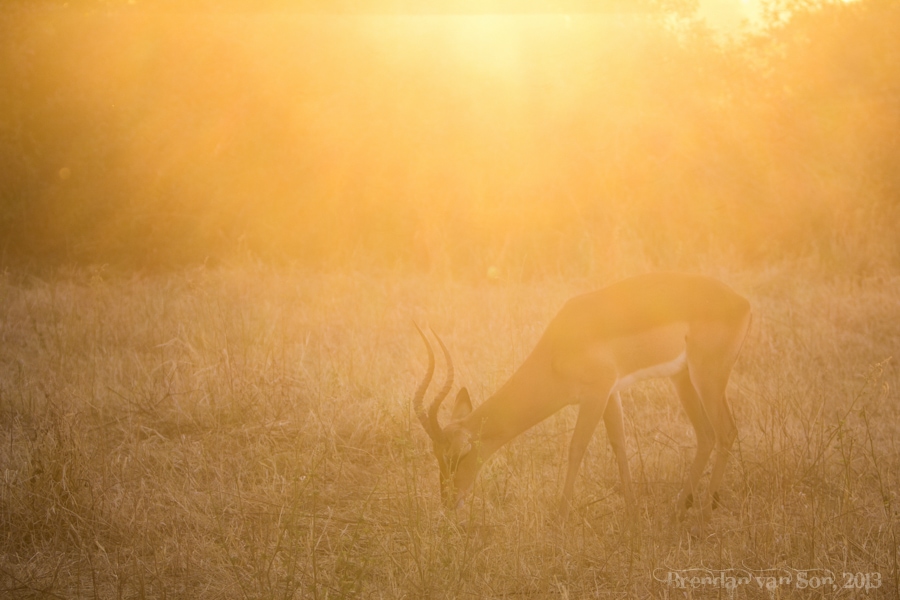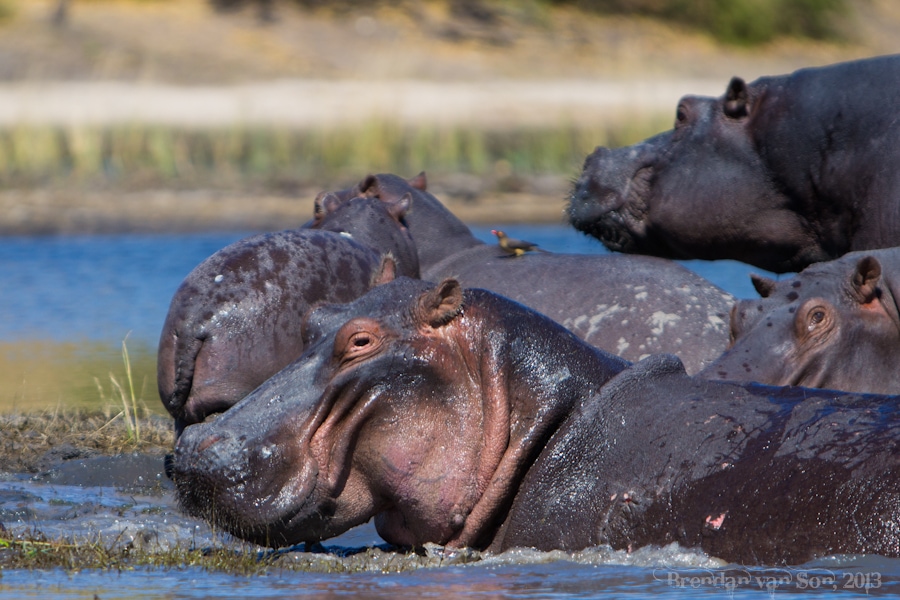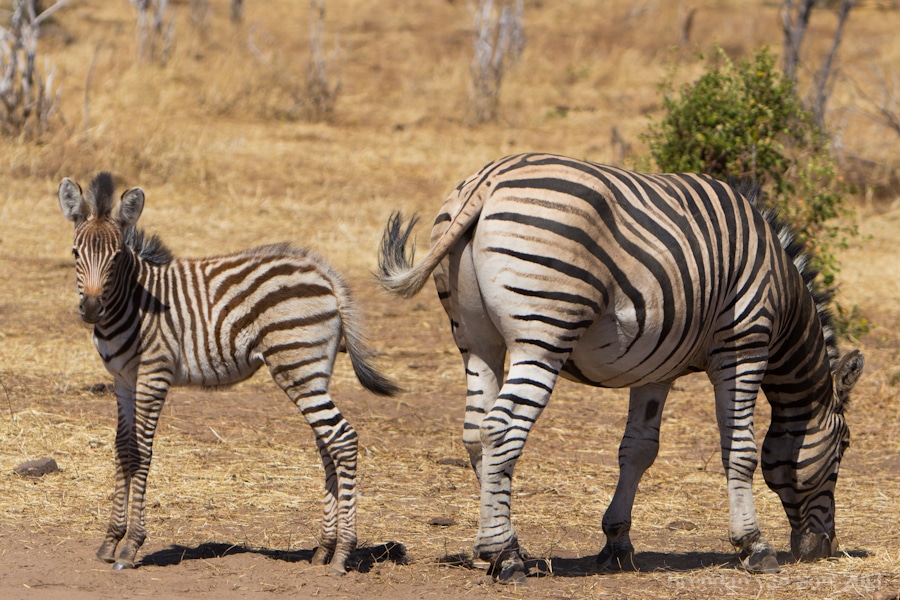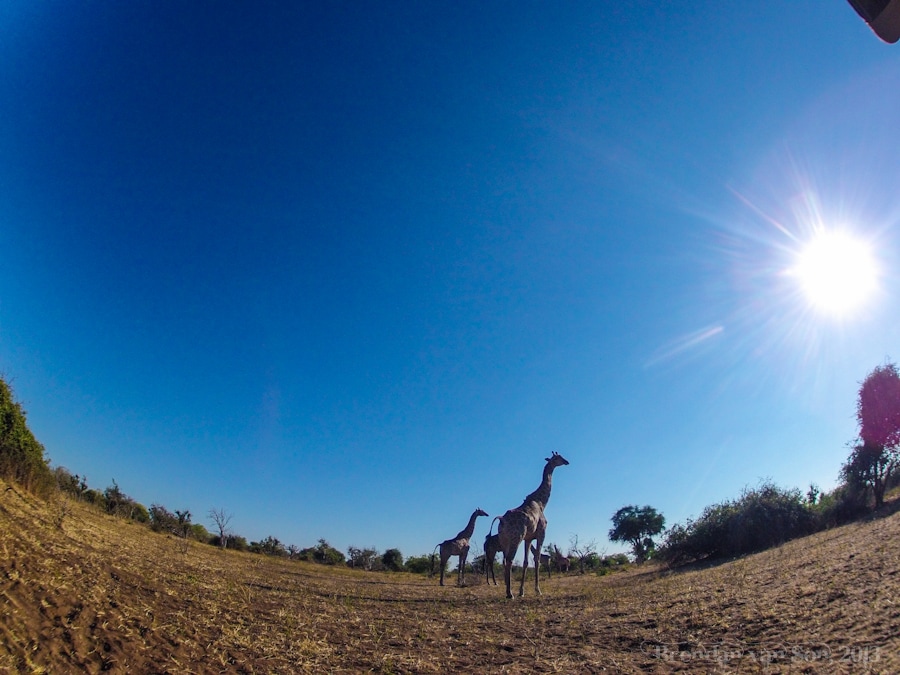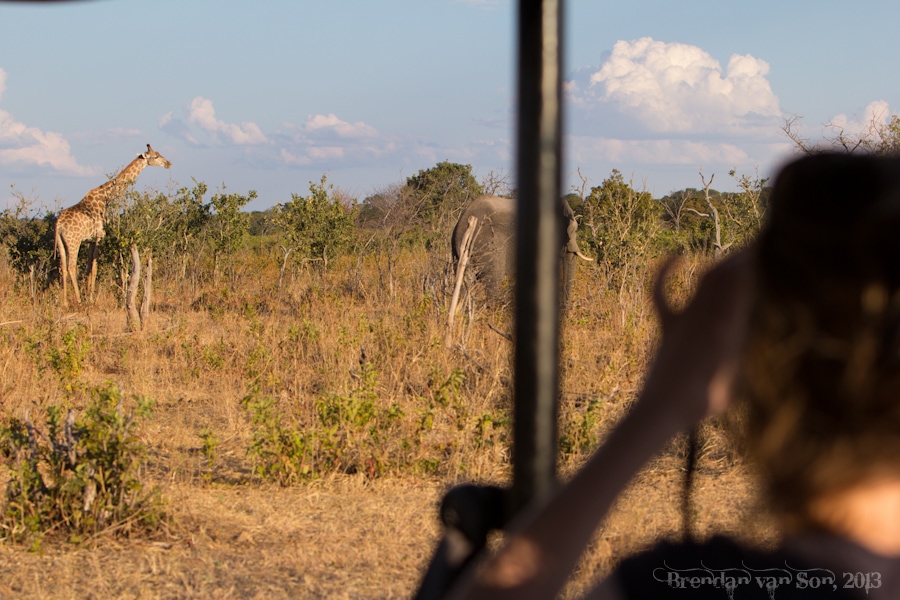Being on an African safari is on the bucket lists of most.
And when you’re out there living your dream, chances are that you’re hoping to capture the experience as best as you can. It’s easy to be slightly intimidated by the challenge of taking great safari photos, especially when you see people packing around massive lenses and other high-level photo equipment.
The good news is that you don’t need fancy equipment to capture amazing safari photos, you just need a keen eye and to follow some of the tips I’ve mentioned below. If you follow some of these tips, you’ll find yourself taking cool photos regardless of whether you’re shooting a point and shoot or a fancy DSLR.
Know your Camera
It really is a shame how many people just pick up their camera and start shooting. The auto button means that you don’t need to understand your camera, right? Not so much. Sure, better cameras have better functionality, but when someone says “I need a better camera” they should really just say “I need to learn how to use this camera.”
Whether you shoot a point and shoot or a DSLR, if you shoot it on auto you’ll find yourself frustrated with the results. Learn the basics of photography, then go through the settings of your camera to figure out how to shoot certain situations. Moreover, know what your camera does well, and focus on that type of image-taking.
Forget the Lens Envy
It’s easy to look around at others on safari with you in lust with their camera gear, but it’s not going to do yourself any good to envy their gear. If it makes you feel better, I was on a wildlife tour once where a guy was shooting my dream lens a 400mm f/2.8.
I peeked through his photos the next day and wasn’t too impressed. The next day I saw him shooting his camera on auto. Lesson of the day, it’s not the camera but the person who takes the picture. I’m much more impressed by people who take incredible photos on simple cameras than I am by good photos on a great lens. Stop dreaming and hone your craft with the tools you have.
That said, if you’re curious as to what lens would be ideal on a safari? Look for something like a 100-400mm as it’s nice to have that range.
Look with Your Eyes
I’m really guilty of failing to do this, and I think it’s something all photographers struggle with a bit. But when you’re on safari it’s even more important.
Many times I find myself spending too much time looking through the lens, and losing my peripheral vision. If you catch yourself doing that, pull yourself back a little bit and observe the world through your eyes instead. Not only will you be able to gauge the scene, mood, and light better but you’ll actually experience the moment for yourself. Going on safari is about more than just good photos. Don’t get too set on your camera, look with your eyes.
Stabilize
I was once told that the difference between a good photo and a great photo is usually a tripod. On safari, it’s hard to pack a tripod because you’re in the tight confines of a safari vehicle or a boat the whole time.
However, you’ll still want to bring some sort of stabilization. Personally, I like to use a monopod on safari because of its mobility and the fact that it doesn’t take up much space or too much time to set up. This past trip, I tested a bit between hand holding and monopod shooting and the difference in sharpness was mind-blowing. Even if you shoot a point and shoot, you’ll probably want something to stabilize, even if it is just the side of the safari vehicle. The little gorilla pods are great for point and shoots on safari because you can hook them up to the sides of the vehicles, or even to your knee. You’ll just get much better photos and video if you stabilize a bit.
On the topic of stabilizing. Many safari trucks keep their engines running while stopped for wildlife. If the engine is running, you’ll have vibrations in your lens. So, either ask the guide to turn off the engine to stop the camera shake, or try to handhold the camera for less vibration.
Find the Light
Photography, some will say, isn’t so much about catching a subject; rather it’s about capturing the light. I think seeing nice light is the thing that takes a photographer longest to recognize. However, once you start identifying good light, or at least the light you want, you’ll take your photography to the next level. To get great safari photos, attempt to find the right light for your image. Whenever you have a subject in front of you, evaluate it and work with the light rather than the subject. Generally speaking, shooting early in the morning or late in the day will give you the best light. However, nice light can really pop up at any time.
Don’t Over-Photograph
One of the biggest mistakes people make on safari is that they take too many photos. It’s easy to do; and I suppose that it’s better than taking too few photos. However, by shooting too much you do a few of things.
For one, you’ll kill memory space. Secondly, you’ll find yourself less willing to edit, or even go through, your photos. And perhaps the worst thing is that you’ll not be thinking about the composition of your photo enough. Before taking a photo you should be asking yourself about the scene, the light, and the story behind the image.
If you’re just taking photos to take photos, you should instead pull the camera down and enjoy the moment instead. To expand, don’t shoot the same composition over and over either. Each time you take a photo, set a new composition and switch your settings around. Otherwise, you’ll just end up with 100 photos of the exact same thing.
Develop a Story
A lion is cool. A lion stalking its prey is amazing. The truth is that anyone can take a photo of a lion, but creating a story for the lion with a photo is a true skill. In fact, the lion doesn’t even have to be hunting. If you can create an image that leads the viewer to believe that, then you’ve won. Photography is a form of storytelling, and as the old adage goes: a photo tells 1,000 words. However, that’s only true if you have a story behind the image. Otherwise, a photo only tells one word: Lion.
Don’t Chimp
Chimping is a photography phrase for taking photos and then immediately looking at the LCD to see what you’ve captured. I guess they call it chimping because, like a chimp, you might not have the self-control to wait. When you’re photographing incredible things, it’s really easy to want to chimp. However, in that moment that you look down at your photo and admire your previous work, you could miss something spectacular. Wait until you’re free and clear before checking out your photos or you’ll find yourself saying “damn, I didn’t see that!” Sure, you might want to do a test shot to check for exposure, but don’t look down after every shot or you will miss something.
Be Unique
The honest truth is that wildlife photos are a dime a dozen. Though it might be a once in a lifetime moment for you, thousands of people do safaris each month. Thus, simply taking a photo of a lion or giraffe isn’t that unique. Try to stretch your creativity to see how you can make a common sight seem different. Personally, I used a GoPro camera to capture some images on my recent safari to Chobe. I thought using a fish-eye rather than the usual zoom lens would create some interesting images. I was right. Figure out a way to make your images unique and go for it.
Don’t Forget the People
We often forget the human element in a safari. However, capturing people in your shots is not only important in remembering who you spent time with on the trip, but also for photography reasons. If you can add a safari vehicle to a shot next to an elephant it adds scale to your shot and lets the viewer see just how big the animals are. Similarly, showing a person in your vehicle of a nearby giraffe or lion lets the viewer see how close you get to the animals.
Turn the Beep Off. Oh, and the Flash too.
This is a tip as well as a grievance. Before setting out on safari, turn off the beep function on your camera. Not only is it bloody annoying to hear beeps constantly onboard a safari vehicle, the sound can scare off animals. You don’t need to hear the beep, and neither do the animals. While you’re at it, turn off your camera’s flash capability. Yes, it too can scare off animals. Moreover, the flash can hurt a nearby animal’s vision or at time cause distress.

